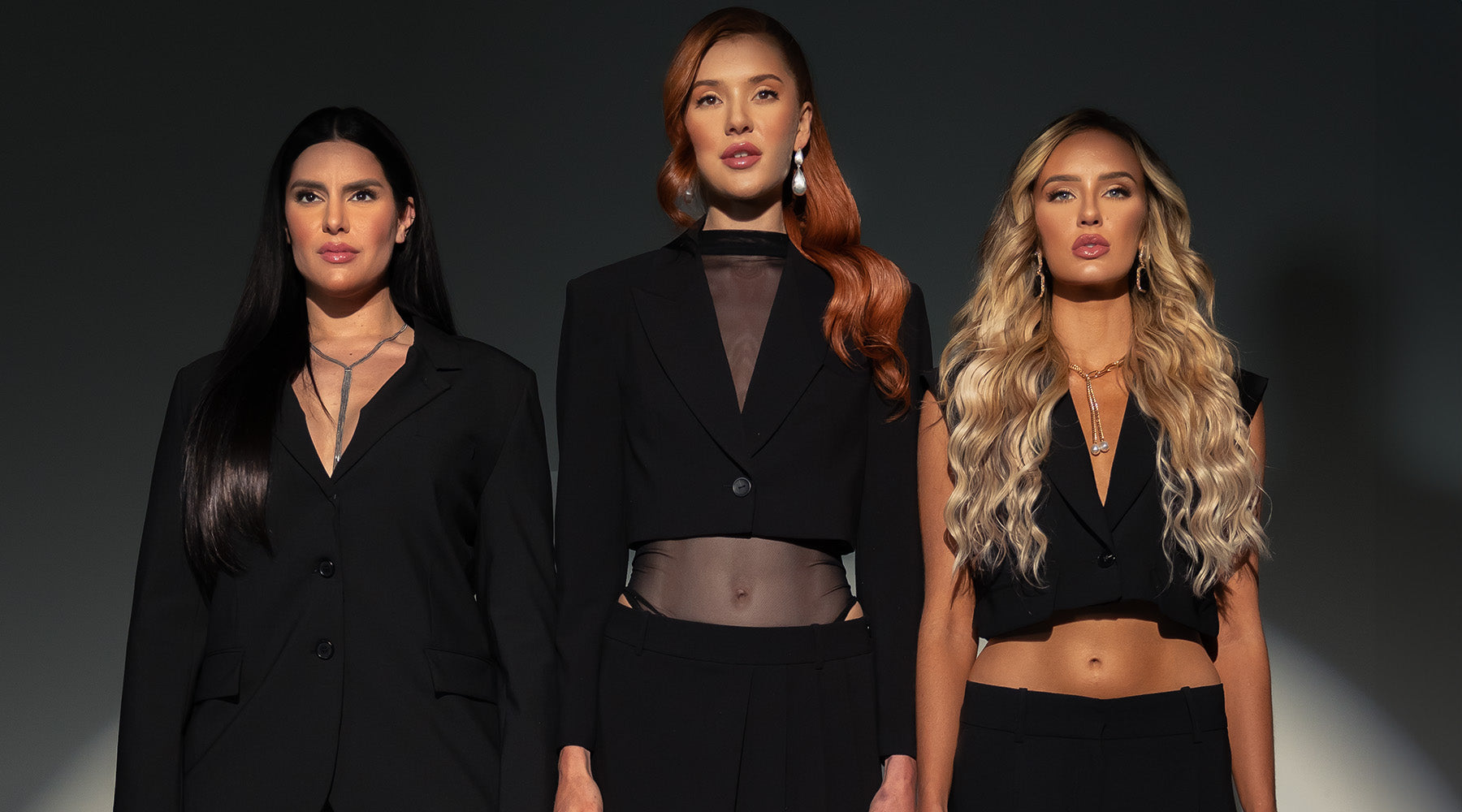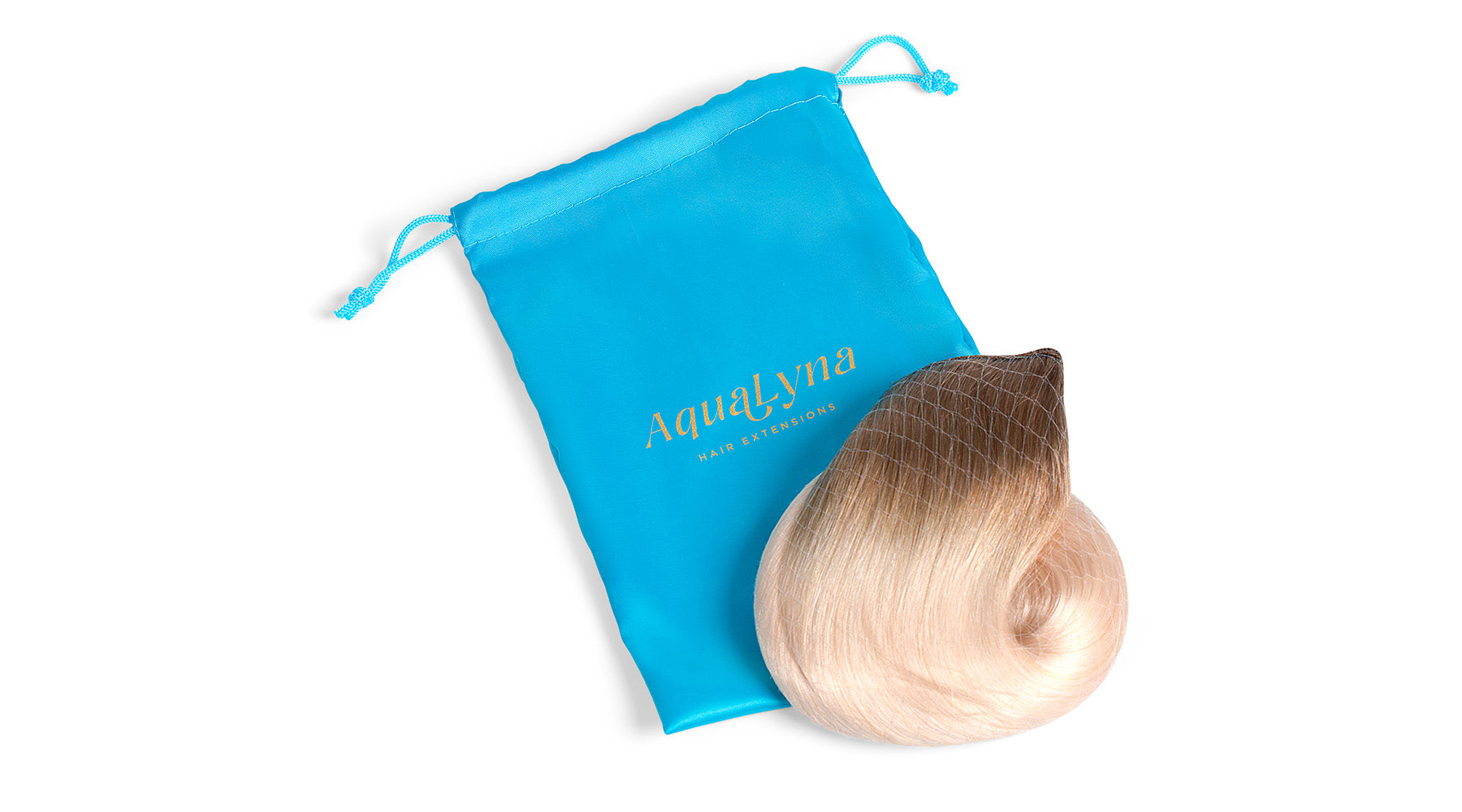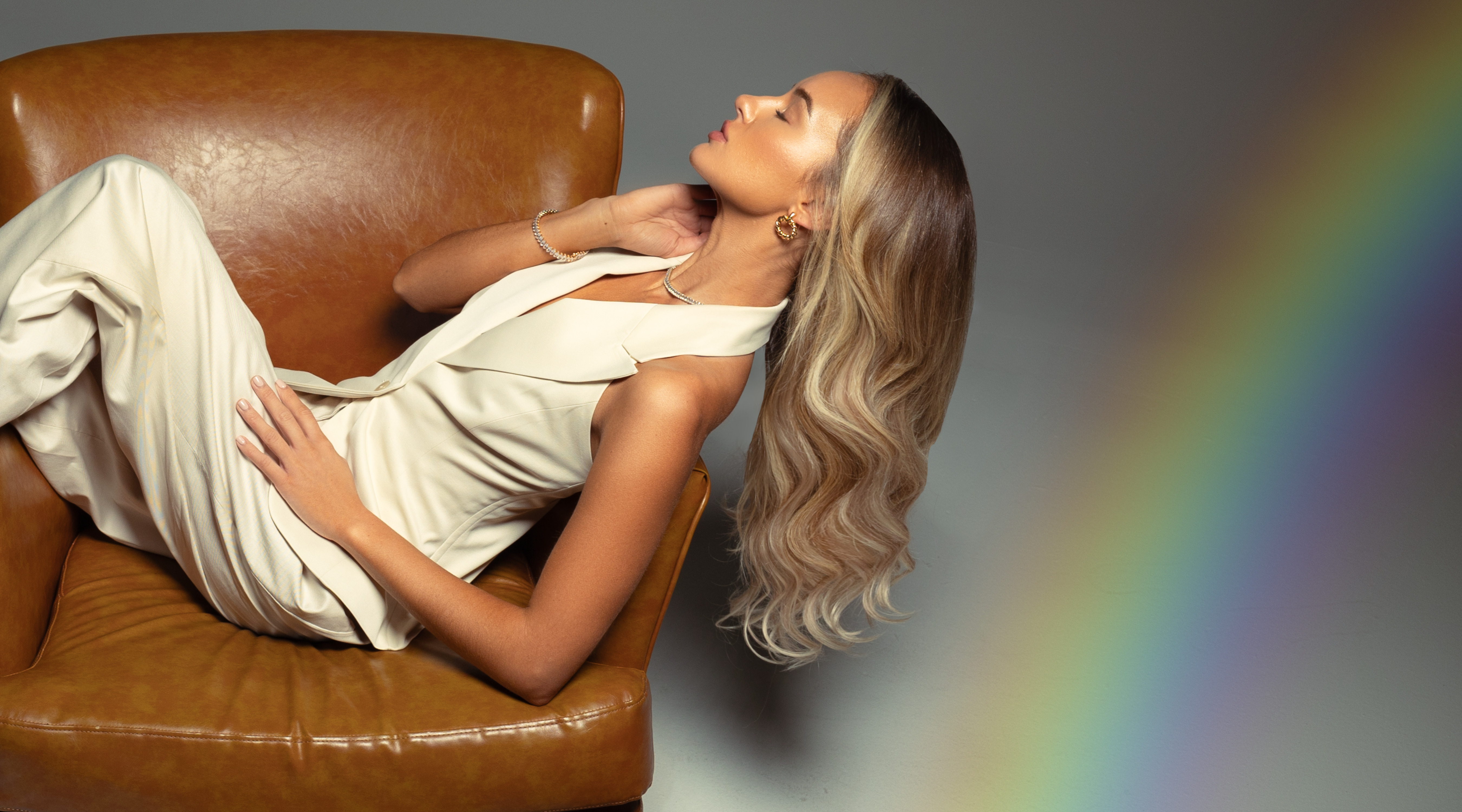Did you ever wonder about the history of hair extensions?

Hair extensions have a rich and diverse history that spans across centuries and cultures, evolving from simple adornments to intricate styling tools that hold cultural, aesthetic, and even spiritual significance. The origins of hair extensions can be traced back to ancient civilizations, where they were used for various purposes and gradually transformed into the versatile hair styling accessories we know today.
Ancient Beginnings: The concept of hair extensions dates back to ancient times, with some of the earliest evidence found in ancient Egypt around 3400 B.C. The Egyptians, who were known for their intricate beauty rituals, used hair extensions made from human hair, wool, and plant fibers. These extensions were utilized to create elaborate hairstyles and ornate adornments for both men and women. Wigs and hairpieces crafted from various materials, including human hair, were also popular in other ancient cultures like Greece and Rome.
Cultural and Symbolic Significance: Throughout history, hair has held immense cultural and symbolic importance in various societies. Hair extensions played a role in these cultural contexts, symbolizing power, social status, and identity. Hair was considered a representation of one's lineage and connection to the divine. In ancient China, for example, the Manchu hairstyle, characterized by a shaved forehead and long hair at the back, was enforced by the ruling Qing dynasty and worn by both men and women as a political and cultural statement.
Medieval and Renaissance Periods: During the Medieval and Renaissance periods, wigs and hairpieces gained popularity once again. These artificial hair additions were made from a blend of human and animal hair, offering an alternative to individuals dealing with hair loss or looking to achieve elaborate hairstyles. Wigs became an essential fashion accessory in European high society, with various shapes and sizes denoting different social classes and professions.
18th and 19th Centuries: The 18th century witnessed a resurgence of intricate hairstyles, largely influenced by the French court. Wigs and hair extensions were used to create towering hairstyles adorned with feathers, ribbons, and other accessories. These elaborate coiffures were often seen as expressions of wealth and elegance. In the 19th century, there was a shift toward more natural-looking hairstyles, and hair extensions fell out of favor as emphasis turned to enhancing natural hair.
20th Century Revival: The 20th century marked a significant revival of interest in hair extensions, particularly during the mid-20th century. Hollywood and the entertainment industry played a crucial role in popularizing hair extensions among celebrities and the general public. Actresses like Marilyn Monroe and Elizabeth Taylor frequently used wigs and hairpieces to transform their looks for film roles.
Technological Advancements: The latter half of the 20th century brought about technological advancements in hair extension techniques. Methods like bonding, weaving, and braiding emerged, allowing for more natural-looking and longer-lasting extensions. Human hair became the preferred material due to its realistic texture and appearance. The advent of synthetic fibers also contributed to the diversity of available options.
Contemporary Usage and Trends: In recent decades, hair extensions have become a staple in the beauty and fashion industries. They are used not only for adding length but also for increasing volume, experimenting with colors, and achieving specific styles. Hair extensions are embraced by people of diverse backgrounds, from everyday individuals seeking a change to celebrities aiming for dramatic transformations.
Cultural Appropriation and Modern Concerns: The popularity of certain hairstyles and hair extension styles has sparked discussions about cultural appropriation. Styles that hold cultural significance to specific communities have been adopted without proper acknowledgment or understanding of their origins. This has prompted conversations about the importance of respecting the cultural heritage and context of various hairstyles.
Innovation and Sustainability: Advancements in technology and materials have led to more innovative and sustainable approaches to hair extensions. The ethical sourcing of human hair and the development of high-quality synthetic fibers that closely resemble natural hair have become important considerations. Additionally, the beauty industry is witnessing a shift towards eco-friendly and reusable extensions in line with the broader trend of sustainability.
In conclusion, the history of hair extensions is a journey that reflects the evolving perceptions of beauty, identity, and self-expression throughout human history. From ancient civilizations using natural fibers to create elaborate hairstyles, to the contemporary global industry offering a wide array of extension options, the story of hair extensions is a testament to the ever-changing relationship between culture, aesthetics, and technology.



